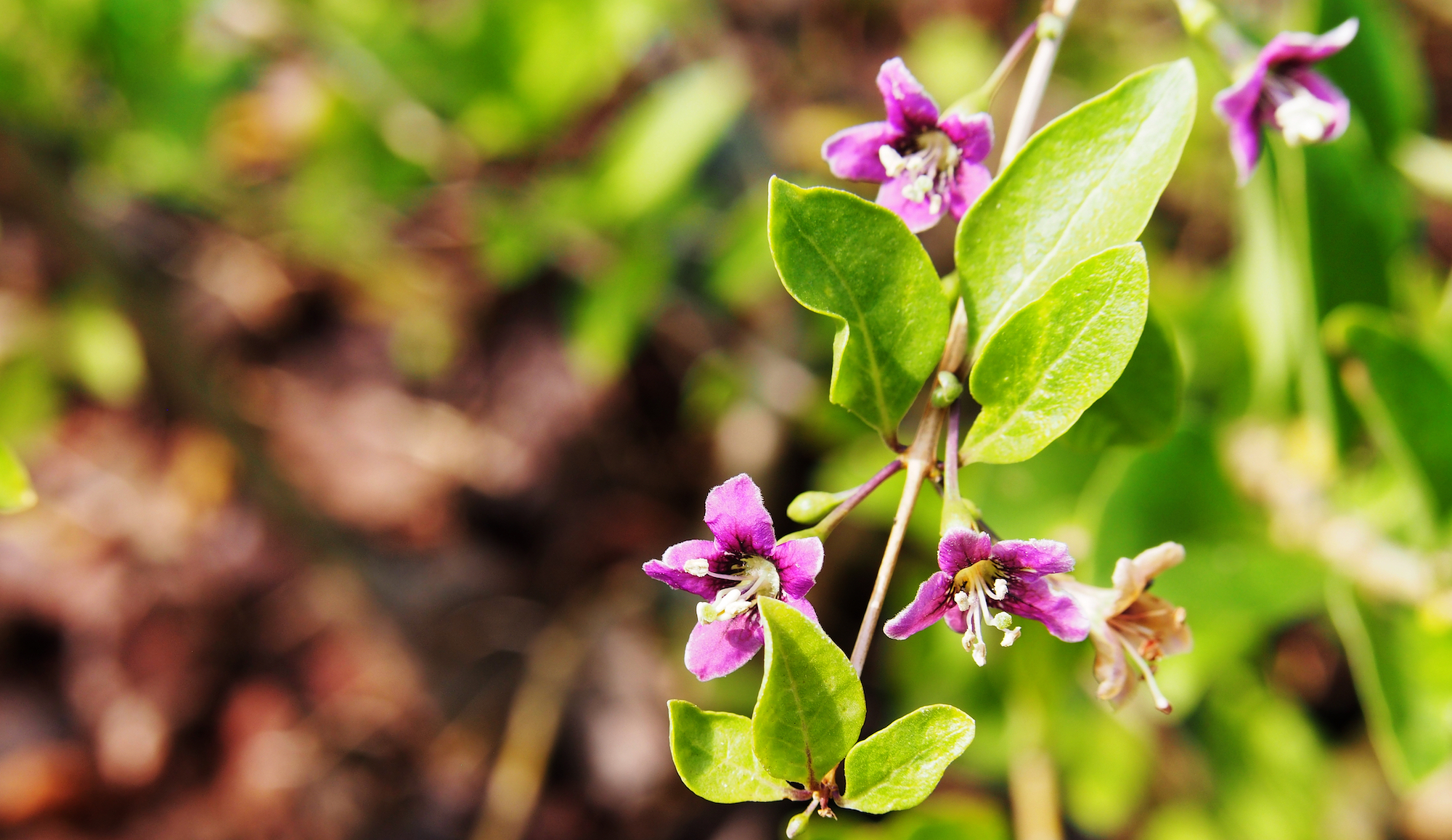
Sign up for our daily newsletter to get gardening tips and advice.
Planting, Growing, and Harvesting Goji Berries
ADVERTISEMENT
I've grown goji berries for years now. They took over a whole garden. The first 2 years they were bitter. After 3 years they produced sweet wonderful berries. I leave mine until after the first frost in the fall. That seems to produce the sweetest berries. I pick the ones that are the darkest red. It's a race to pick before the birds get them. If you're just considering these, they are thorny. Big thorns. Makes them a challenge to pick and prune the branches.
My gogi berries have produced abundantly the last two years,, However they are not sweet. Actually, they are very bitter. Is there a reason for this or a way to correct it?
Mine are bitter also. Not sure what kind they are. Thought it was just me. I don’t eat them. Good to know others have the same issue.
Hi Sharon,
Some goji berry varieties are sweeter than others, but it really comes down to harvesting at the correct time. While goji berries turn red very quickly, they will continue to have a bitter taste until fully ripe. In general, goji berries should be left to ripen for several weeks before harvesting to attain that slightly sweeter flavor. Once they turn red, taste one every so often to see how the flavor is changing as they ripen on the plant.
I've had the same experience with my gogi berries. Not sweet and have a bitter twang. I seldom even eat them. Had the bush for maybe 7 or 8 years.













